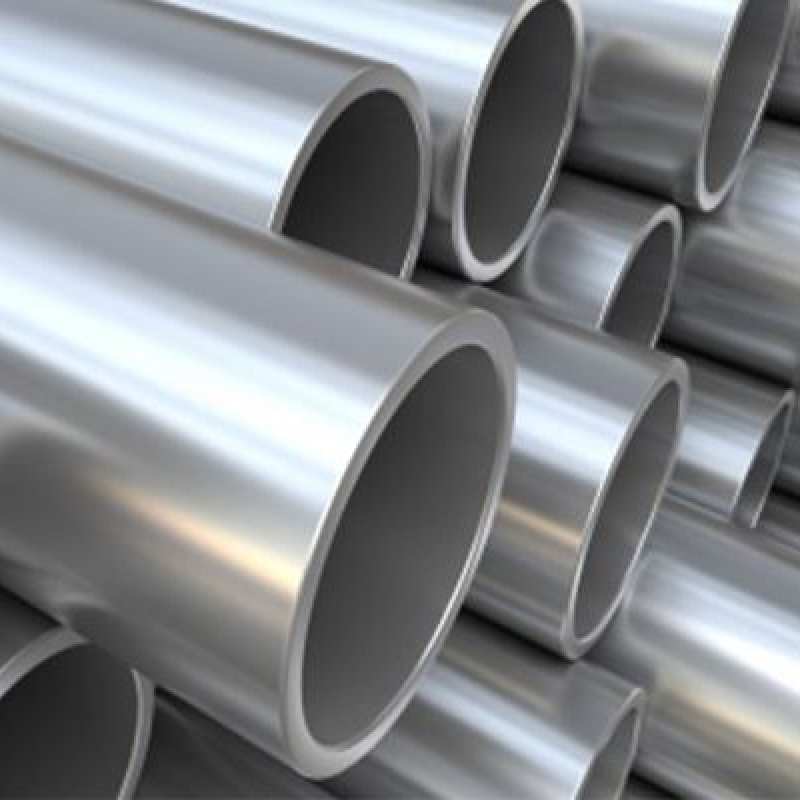-
Cangzhou Yulong Steel Co., Ltd.
-
Phone:
+86 13303177267 -
Email:
admin@ylsteelfittings.com
- English
- Arabic
- Italian
- Spanish
- Portuguese
- German
- kazakh
- Persian
- Greek
- French
- Russian
- Polish
- Thai
- Indonesian
- Vietnamese
- Zulu
- Korean
- Uzbek
- Hindi
- Serbian
- Malay
- Ukrainian
- Gujarati
- Haitian Creole
- hausa
- hawaiian
- Hebrew
- Miao
- Hungarian
- Icelandic
- igbo
- irish
- Japanese
- Javanese
- Kannada
- Khmer
- Rwandese
- Afrikaans
- Albanian
- Amharic
- Armenian
- Azerbaijani
- Basque
- Belarusian
- Bengali
- Bosnian
- Bulgarian
- Catalan
- Cebuano
- China
- China (Taiwan)
- Corsican
- Croatian
- Czech
- Danish
- Esperanto
- Estonian
- Finnish
- Frisian
- Galician
- Georgian
- Kurdish
- Kyrgyz
- Lao
- Latin
- Latvian
- Lithuanian
- Luxembourgish
- Macedonian
- Malgashi
- Malayalam
- Maltese
- Maori
- Marathi
- Mongolian
- Myanmar
- Nepali
- Norwegian
- Norwegian
- Occitan
- Pashto
- Dutch
- Punjabi
- Romanian
- Samoan
- Scottish Gaelic
- Sesotho
- Shona
- Sindhi
- Sinhala
- Slovak
- Slovenian
- Somali
- Sundanese
- Swahili
- Swedish
- Tagalog
- Tajik
- Tamil
- Tatar
- Telugu
- Turkish
- Turkmen
- Urdu
- Uighur
- Welsh
- Bantu
- Yiddish
- Yoruba

Nov . 13, 2024 13:51 Back to list
jis b2220 flange
Understanding JIS B2220 Flanges A Comprehensive Overview
Flanges are critical components in piping systems, providing vital connections between pipes, valves, and other equipment. Among various flange standards worldwide, JIS B2220 is a prominent specification in Japan, setting guidelines for the design, materials, and dimensions of flanges used in various applications. This article will provide an in-depth overview of JIS B2220 flanges, their characteristics, applications, and importance in engineering and industrial contexts.
What is JIS B2220?
JIS B2220 is a Japanese Industrial Standard (JIS) that outlines the specifications for steel flanges. These flanges are used extensively in piping systems across various industries, including oil and gas, chemical processing, water treatment, and power generation. The standard includes detailed information on dimensions, tolerances, materials, pressure ratings, and manufacturing processes, ensuring consistency and reliability in flange production.
Key Features of JIS B2220 Flanges
1. Material JIS B2220 flanges are predominantly made from carbon steel, stainless steel, and alloy steel. The choice of material often depends on the application's specific requirements, such as temperature, pressure, and the nature of the fluids being transported.
2. Pressure Ratings The flanges are available in various pressure ratings, typically categorized as 5K, 10K, 16K, 20K, and 30K. The number indicates the maximum allowable working pressure in kilopascals (kPa). Selecting the appropriate pressure rating is crucial to ensure safety and functionality in high-pressure applications.
3. Dimensions JIS B2220 flanges are available in multiple sizes and configurations. The standard specifies diameters ranging from small to large, accommodating different piping systems. Common flange types include slip-on flanges, blind flanges, threaded flanges, and weld neck flanges, each designed for specific installation techniques.
4. Surface Finish The flanges may come with various surface finishes depending on the application. Common finishes include raised faces, flat faces, and ring-type joint (RTJ) surfaces, which are designed to provide optimal sealing and compatibility with gaskets.
Applications of JIS B2220 Flanges
jis b2220 flange

JIS B2220 flanges are widely used in many sectors due to their robust specifications and reliability. Here are some common applications
1. Oil and Gas Industry With the need for secure and durable connections in pipelines transporting crude oil and natural gas, JIS B2220 flanges are essential in this sector. Their pressure ratings support high-pressure conditions typical of oil and gas transportation.
2. Chemical Processing In chemical plants, JIS B2220 flanges facilitate the safe handling of corrosive substances. The availability of stainless steel options provides additional resistance to corrosive environments.
3. Water Supply and Treatment Water treatment plants often utilize JIS B2220 flanges for both distribution and treatment processes, ensuring leak-proof connections in pipelines.
4. Power Generation In power plants, these flanges are instrumental in connecting various components of steam and water systems, ensuring efficient energy production.
Importance of Adhering to Standards
Compliance with JIS B2220 is crucial for manufacturers and engineers alike. Adhering to standardized specifications ensures that flanges will perform reliably in their intended environments, significantly reducing the risk of failures, leaks, and associated downtime. Additionally, using standardized components facilitates easier maintenance and replacements, improving operational efficiency.
Conclusion
JIS B2220 flanges play an essential role in various industries, providing secure and standardized connections in piping systems. Understanding the features, applications, and significance of these flanges allows engineers and procurement professionals to make informed decisions when selecting components for their projects. As industrial demands evolve, the relevance of adhering to such standards will continue to grow, ensuring safety, reliability, and efficiency in fluid transport systems.
Latest news
-
ANSI 150P SS304 SO FLANGE
NewsFeb.14,2025
-
ASTM A333GR6 STEEL PIPE
NewsJan.20,2025
-
ANSI B16.5 WELDING NECK FLANGE
NewsJan.15,2026
-
ANSI B16.5 SLIP-ON FLANGE
NewsApr.19,2024
-
SABS 1123 FLANGE
NewsJan.15,2025
-
DIN86044 PLATE FLANGE
NewsApr.19,2024
-
DIN2527 BLIND FLANGE
NewsApr.12,2024
-
JIS B2311 Butt-Welding Fittings LR/SR 45°/90° /180°Seamless/Weld
NewsApr.23,2024











